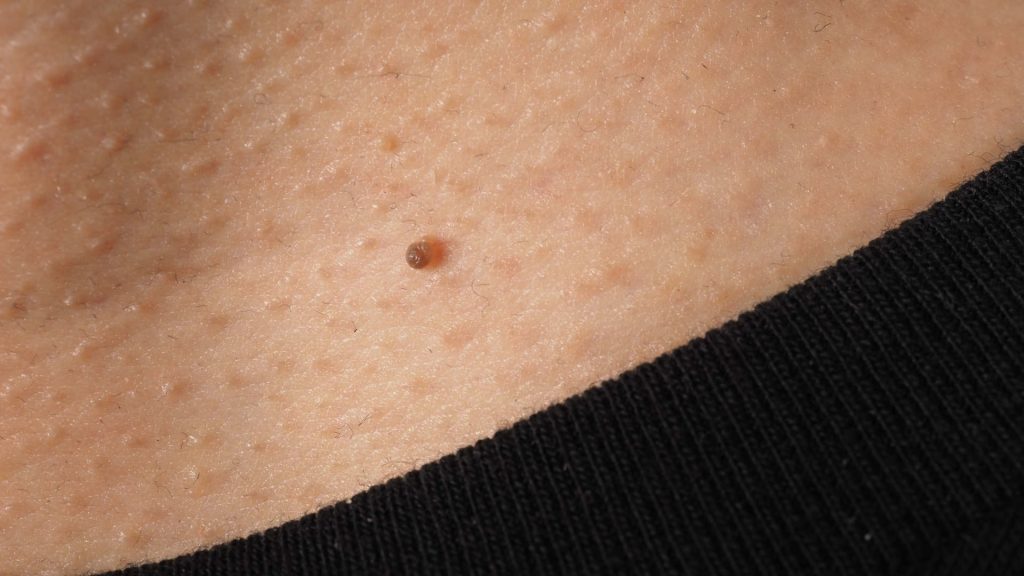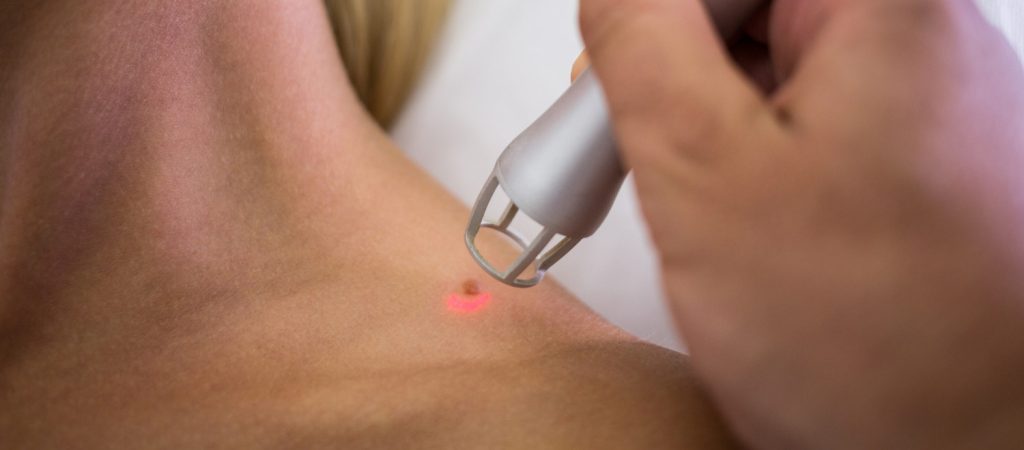- Skin tags are harmless growths that hang from your skin
- They are more common in areas of skin that rub together such as the neck, underarms, breast, groin and eyelids
- They are made of collagen fibres and blood vessels surrounded by skin


- Soft and can be round, uneven, wrinkly, or smooth
- Less than 2 millimeters in size, but may grow larger
- Often assume the flesh of your color but may be darker
- Usually develop within the skin folds of your armpits, neck, groin area, eyelids, or even breasts
Brown
On the chest, neck, back, armpits, in the groin and under the breasts
- Causes discomfort or pain
- Impacts your physical appearance and self-esteem
- Constantly snags on clothing or jewelry
Skin tags can be bothersome and affect your confidence. While removal is an option, taking steps to prevent their formation and properly caring for your skin after removal is equally important.
Preventing Skin Tags:Maintain a Healthy Weight.Avoid Friction and Irritation.Proper Hygiene.Moisturize Regularly.
Post-Removal Care:Follow Professional Advice.Avoid Touching or Scratching.Protect from Sun Exposure.Keep the Area Clean and Dry.Moisturize the Skin.
Preventing skin tags and taking proper care after removal are essential for maintaining healthy and blemish-free skin. Remember to consult with a healthcare professional for personalized advice based on your specific needs and circumstances.

